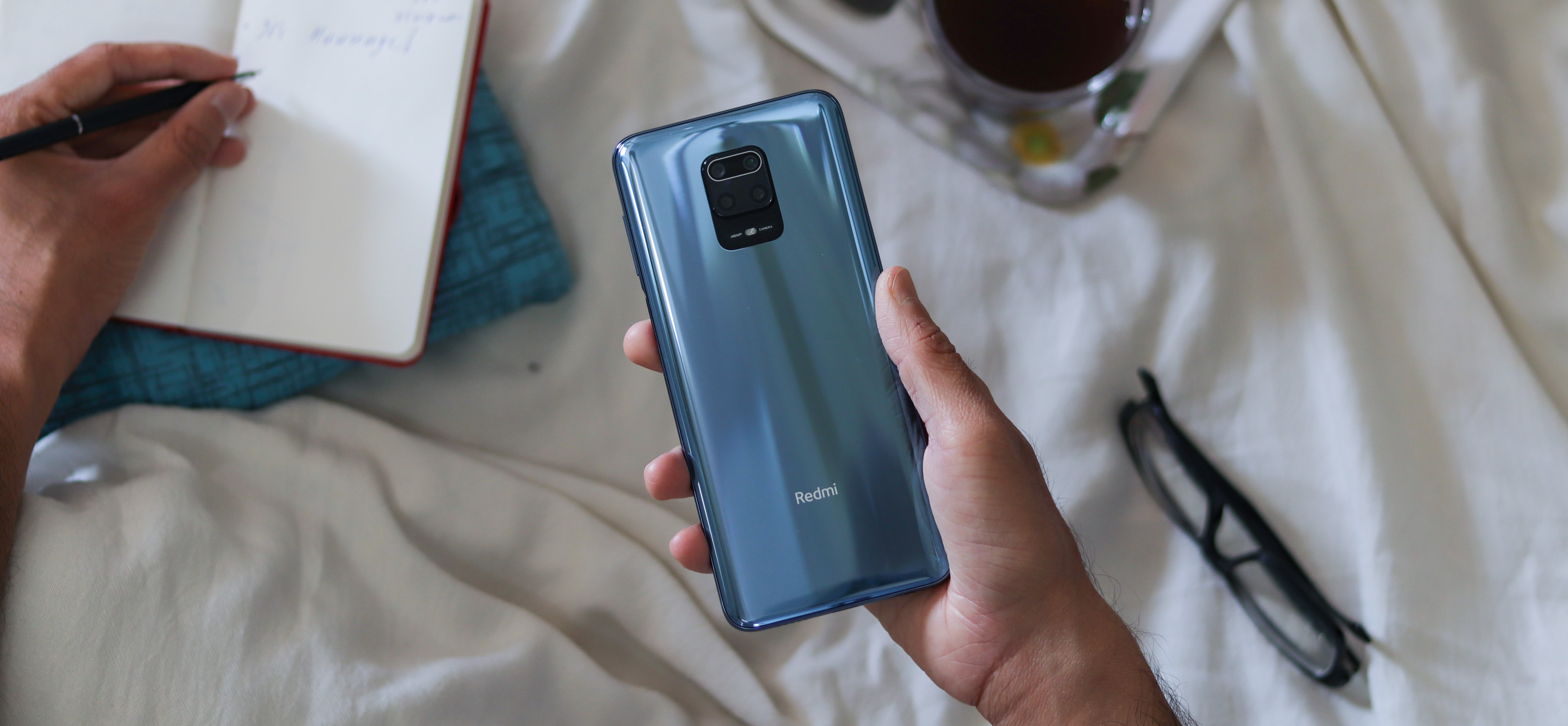Why you can trust TechRadar
Camera
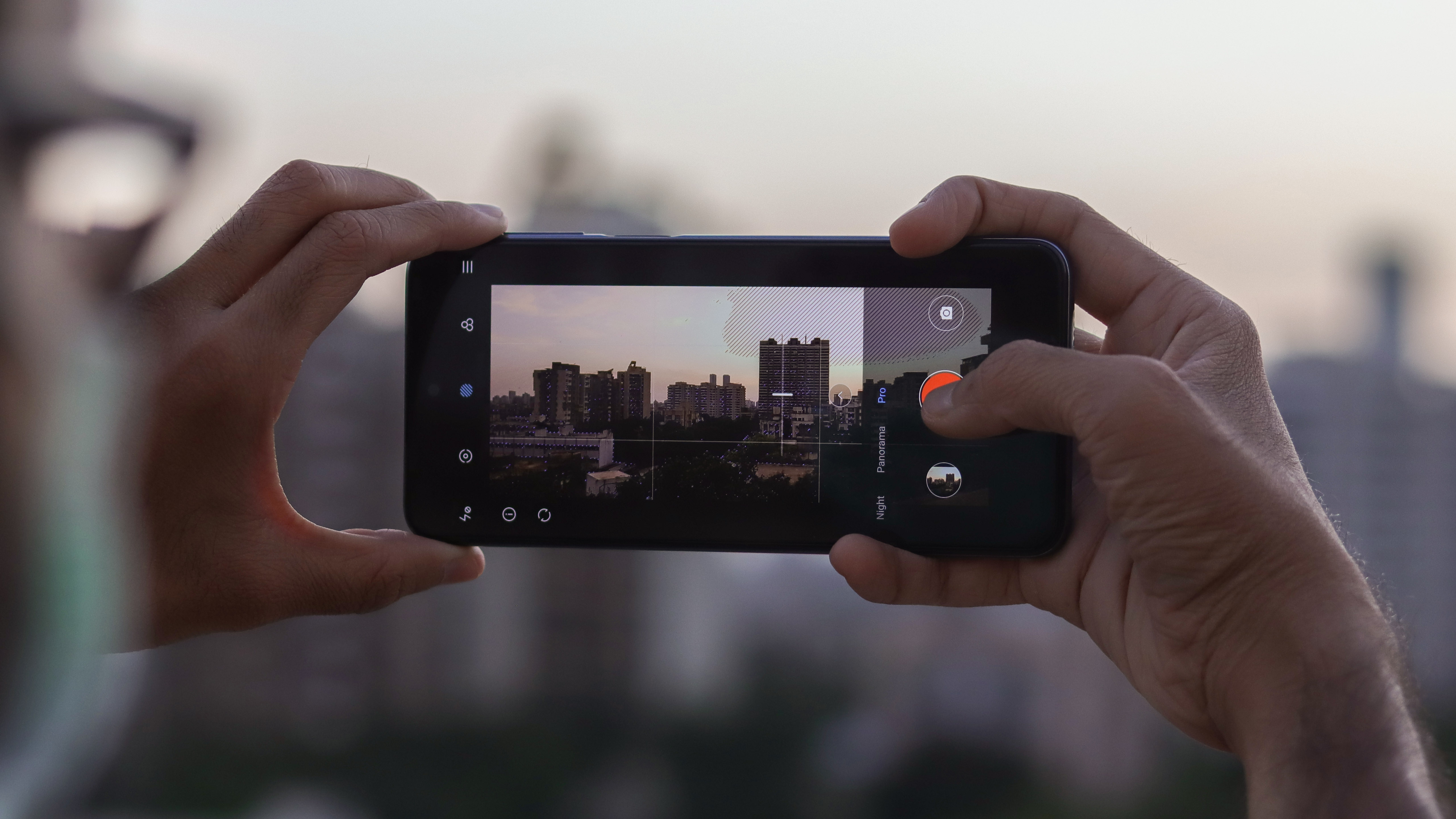
The Xiaomi Redmi Note 8 Pro was one of the first budget smartphones to sport a 64MP camera. The Note 9S, however, goes back to a 48MP image sensor, this time implementing the 1/2-inch Samsung ISOCELL Bright GM2 sensor, at an f/1.8 aperture.
An 8MP ultra-wide sensor follows, with a 13mm equivalent field-of-view, and an f/2.2 lens. A 5MP macro shooter and 2MP depth sensor bring the tally up to four cameras.
It's worth pointing out that the Indian-region Xiaomi Redmi Note 9 Pro, and the Note 9S, have this 48MP main snapper, but the Redmi Note 9 Pro released in some other regions doesn't. Instead, it has a 64MP main camera, but we didn't test this version.






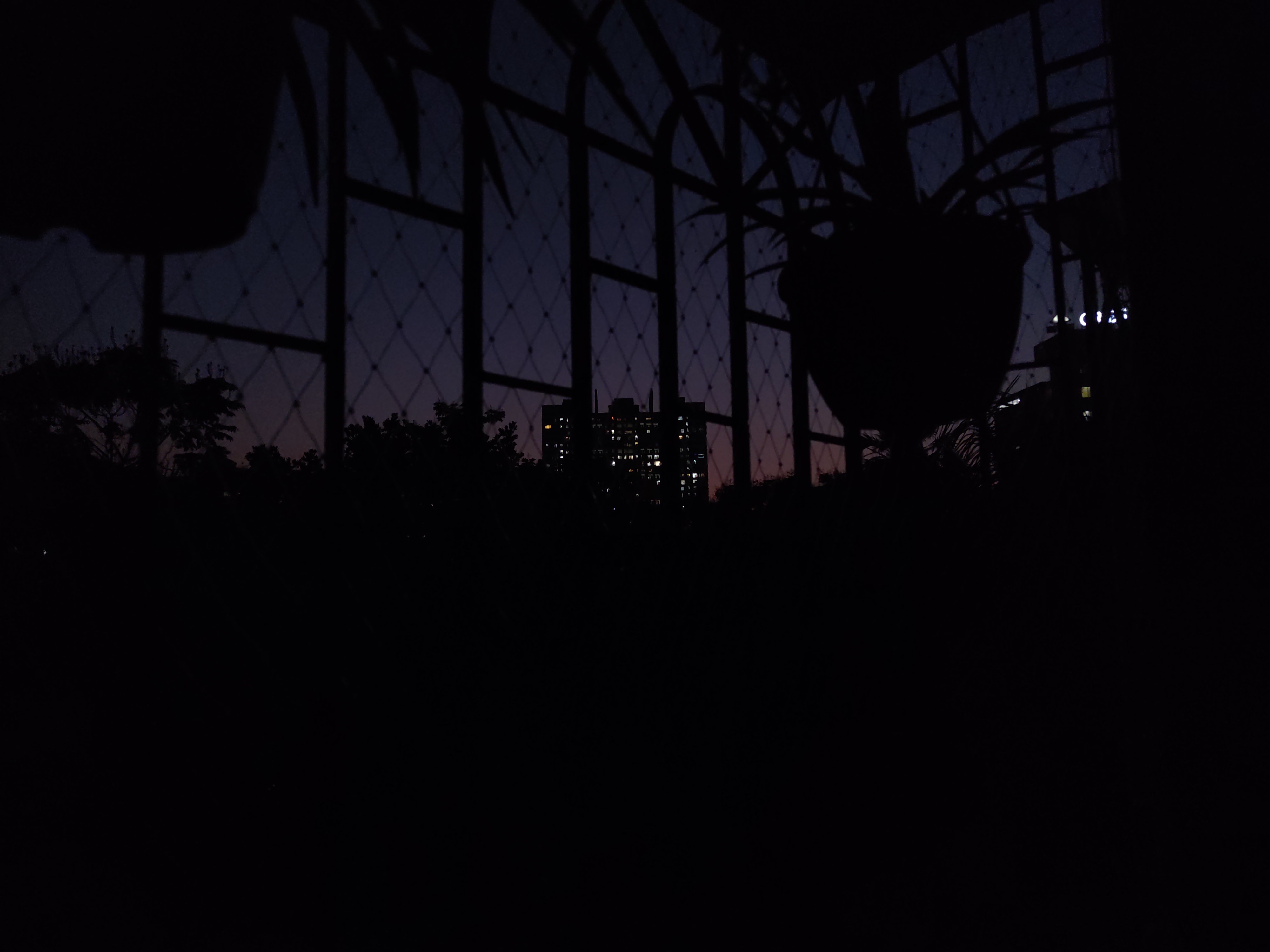
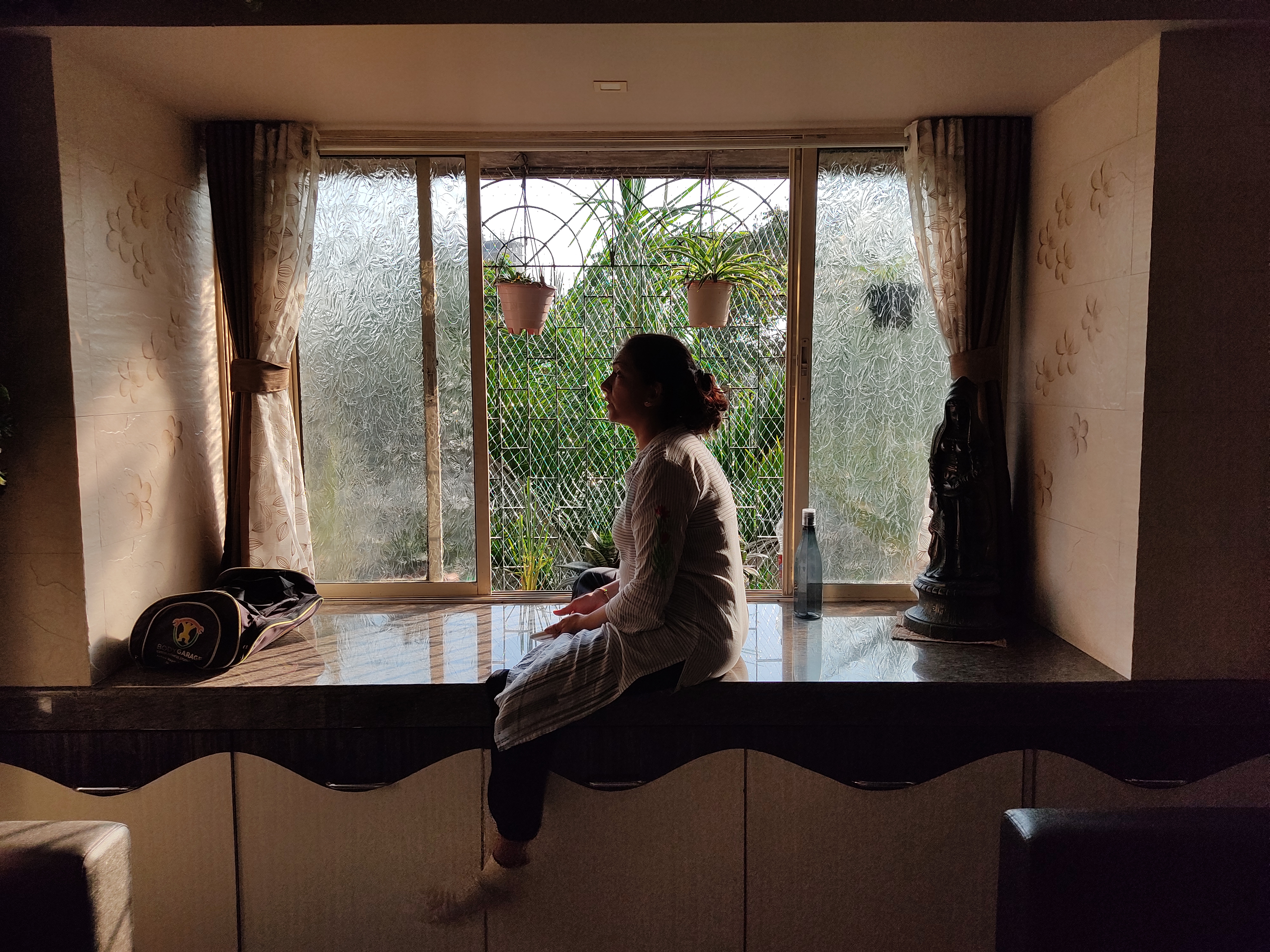
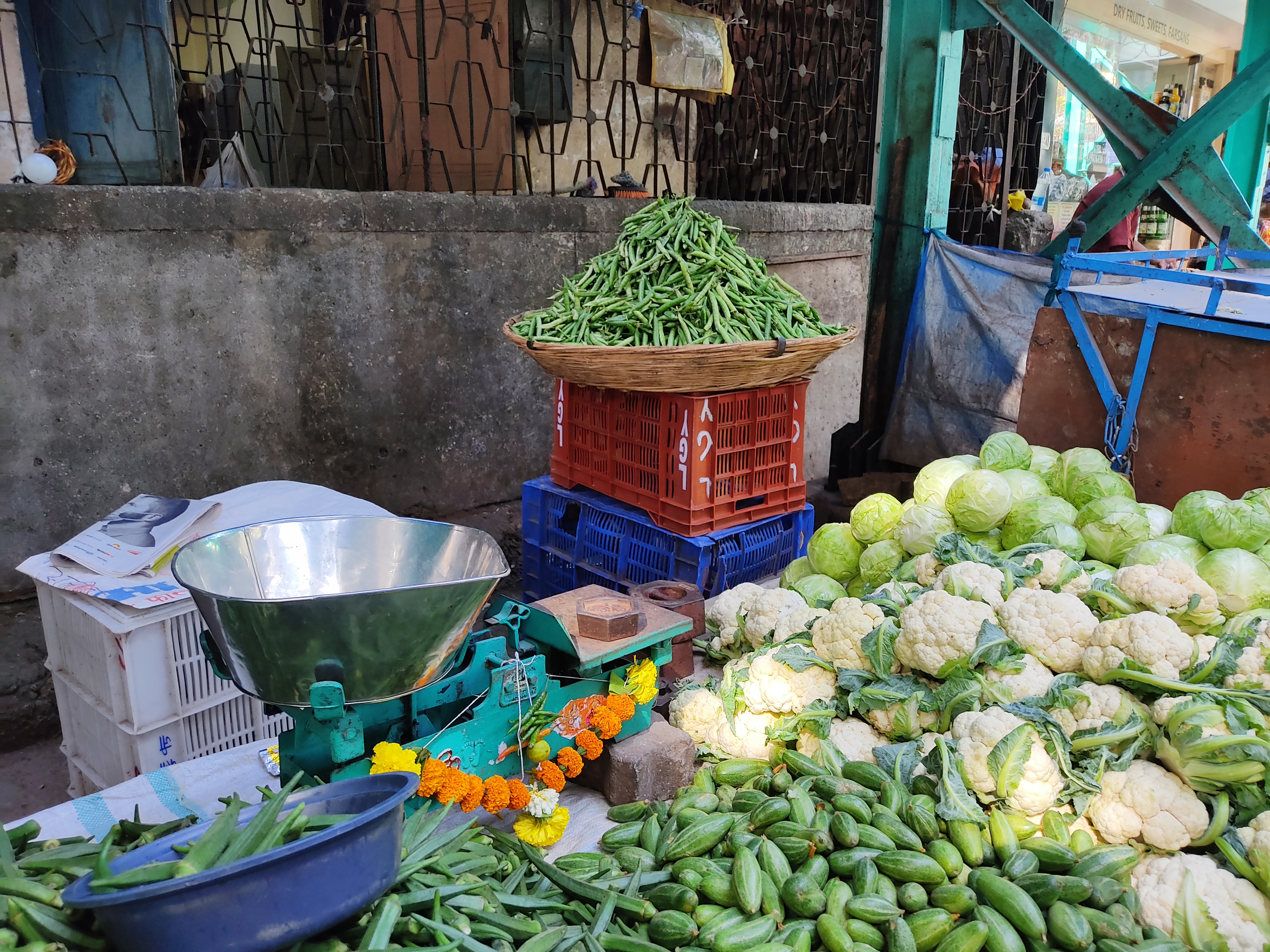
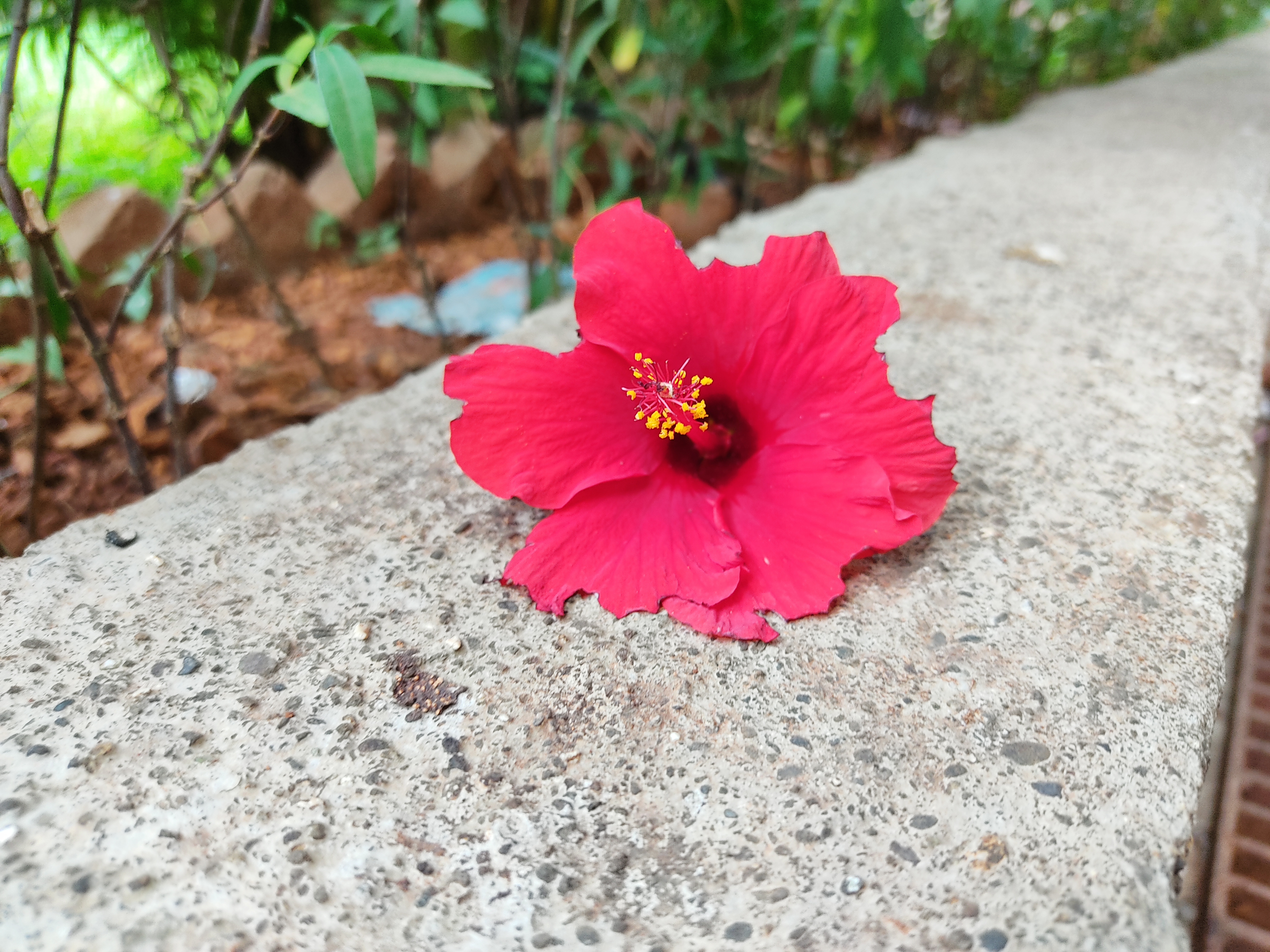
Primary camera results were better than we expected, with accurate colors, temperature, and decent dynamic range. However, they break down fast when you try cropping in, even at the 48MP resolution. Noise was apparent in many shots, and the night mode did little to improve that.


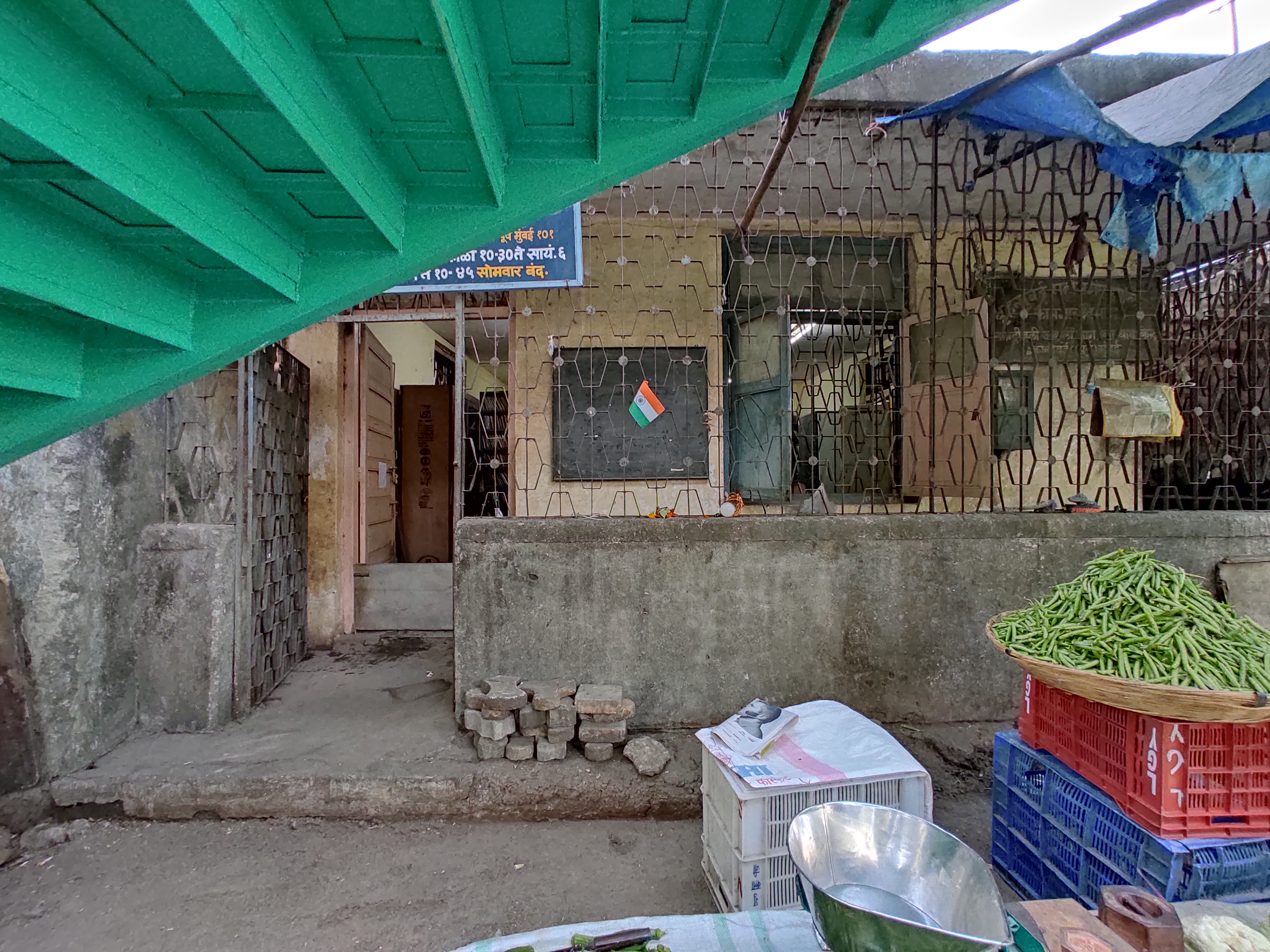
The ultra-wide shooter is also decent but faces the usual dynamic range and detail limitations. Matters got even worse in lower light.

However, the Redmi Note 9S has one of our favorite manual modes on any current smartphone. Not only are the usual toggles present, but those can be used for the secondary and macro camera as well. All of them carry forward to videos too.
High-end features such as focus peaking and exposure warning are great additions as well.
Sign up for breaking news, reviews, opinion, top tech deals, and more.
Battery life
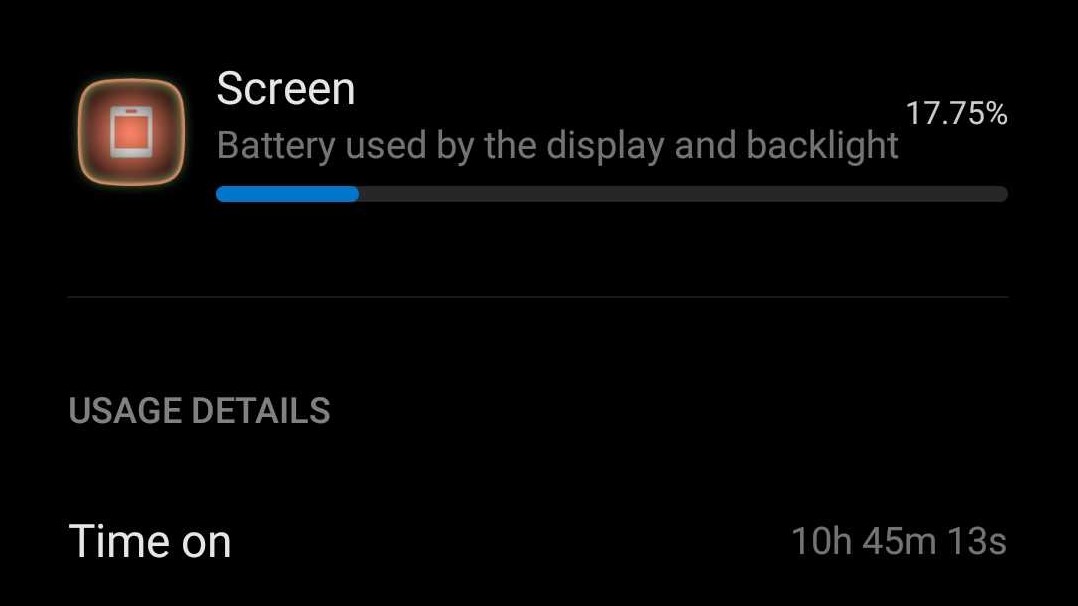
Long and reliable battery life has always been a feature of the Redmi Note series. The Note 9S takes it to the next level, with a massive 5,020mAh battery. Paired with MIUI 11’s frugal nature and the 8nm processor, it now claims the title for the best battery life we’ve seen on a smartphone recently.
On almost every day of using the device as our primary driver, we would end days with over 30% juice left. The screen-on time was usually over the 10 hours mark, which very few phones have been able to offer consistently.
Even adding an hour or two of heavy gaming barely changed that. Just for the battery life alone, we would pick the Redmi Note 9S over many other phones.
It also made us forgive how slow the charging is. The included 18W Type-C charger takes close to 2.5 hours to go from empty to full. Understandable considering the size of the battery.
Verdict

The 'cheap phone' segment is a competitive one, with Redmi, Realme, Motorola, Nokia and more often surprising us. In a competition, the Redmi Note 9S holds its own in aspects such as battery life, performance, reliability, and build. If it had a higher refresh rate display, it would be the easiest phone to recommend.
But that omission brings us to the fact that the Redmi Note 9S seems like one of the most conservative Redmi Note phones in a while. There’s no next generation high-resolution cameras, 90 or 120Hz display, no crazy fast charging or eye-catching approaches to design. Mind you, none of those are deal-breakers, and the Note 9S is a killer deal for the price.
It’s almost like Redmi has found its footing and knows what needs to be prioritized to offer an alluring phone. It translates into an equally enjoyable and balanced experience, but the lead against its competitors is quickly closing. Xiaomi is really going to need to refine the experience for the Note 10 series to keep its crown.
First reviewed: July 2020
Current page: Camera, battery life and verdict
Prev Page Performance, gaming, software and audio
Aakash is the engine that keeps TechRadar India running, using his experience and ideas to help consumers get to the right products via reviews, buying guides and explainers. Apart from phones, computers and cameras, he is obsessed with electric vehicles.
